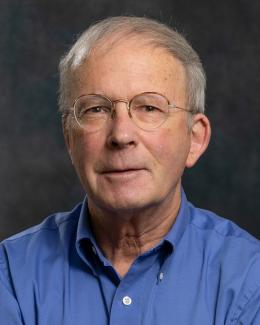Abstract
New simulations with the Kinetic Orbit Runaway electron (RE) Code (KORC) show RE deconfinement losses to the wall during plasma scrape off are the primary current dissipation mechanism in DIII-D experiments with high-Z impurity injection, and not collisional slowing down. The majority of simulations also exhibit an increase in the RE beam energy due to acceleration by the induced toroidal electric field, even while the RE beam current is decreasing. In this study, KORC integrates RE orbits using the relativistic guiding center equations of motion and incorporates time-sequenced, experimental reconstructions of the magnetic and electric fields and line integrated electron density to construct spatiotemporal models of electron and partially ionized impurity transport in the companion plasma. Comparisons of experimental current evolution and KORC results demonstrate the importance of including Coulomb collisions with partially ionized impurity physics, initial RE energy, pitch angle, and spatial distributions, and spatiotemporal electron and partially ionized impurity transport. This research provides an initial quantification of the efficacy of RE mitigation via injected impurities and identification of the critical role played by loss of confinement due to plasma scrape off on the inner wall as compared to the relatively slow collisional damping.






